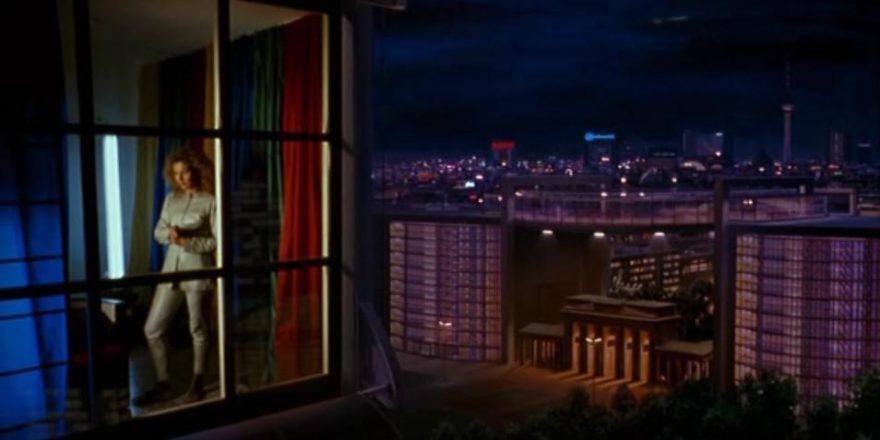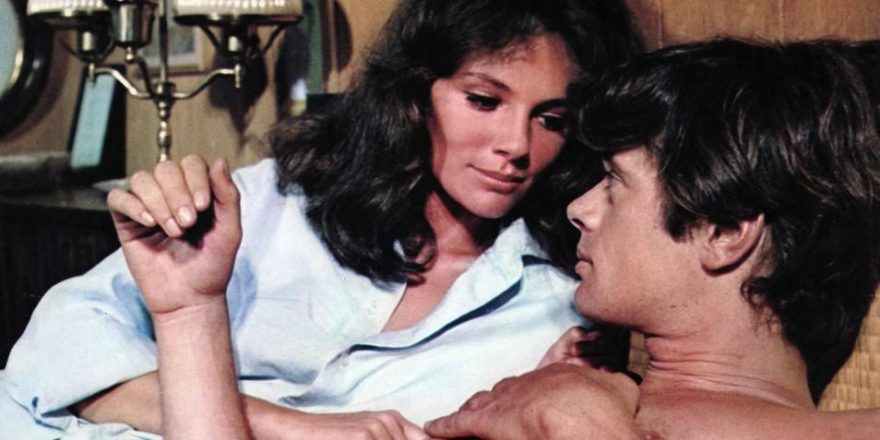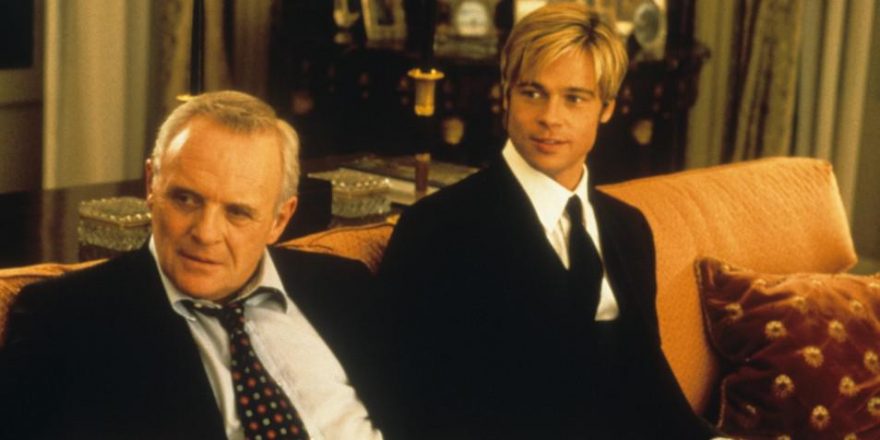People who work in film often get asked the impossible question, “What’s your favorite movie?” It’s an innocent enough question that comes with all sorts of baggage, as if this one answer will define you and be the thing you’re judged upon until the end of time. So I was relieved when a friend asked me earlier this year, “What’s the movie you’ve seen the most times?” It was then that it occurred to me that I have watched the 1999 instant classic The Matrix somewhere around 100 times.
This of course, begged the follow-up question, “Why?”
In looking for that answer, I explored my relationship to this film and how it has evolved since its release.
In April 1999, I was eight years old. I distinctly remember my father poking his head into my room and saying he knew what movie the family was going to see in theaters that evening. “You are going to be way into it.” I asked him what the movie was, and he said, “It’s called The Matrix, and that’s all I’m telling you.”
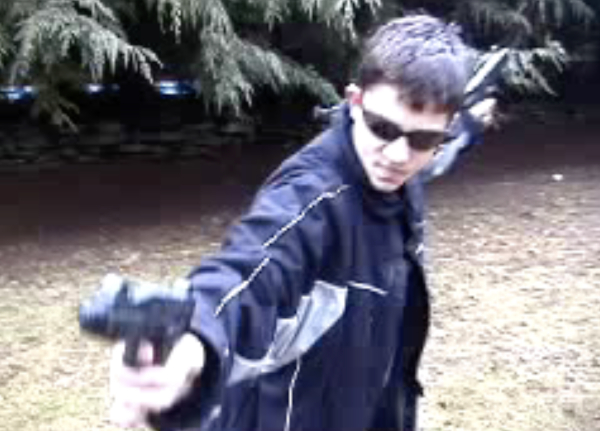
Upon first viewing, the film had a profound effect on me. Over the next few days, I did what I assume all kids across the country were doing: finding their longest coat (mine was a bulky ski jacket with reflective padding on the arms), a pair of dark sunglasses, and doing slow-motion (in our minds, at least) cartwheels in their back yard while clutching squirt guns.
Heroic savior? Check. Genre-defining fight scenes? Check. Left-of-center stars that felt fresh and committed? Check. A set of themes that felt particularly potent to young boys and teenagers? Check. The Matrix had it all. A dark, almost superhero fantasy that was constructed in a way that made you legitimately question the reality around you. “Maybe the Wachowskis know something we all don’t. Maybe, just maybe, the Matrix is real. And we’re all living in it.”
This was my relationship with The Matrix for the next decade, and through my early teen years, I thought that seeing the “truth” came down to understanding the philosophy, contemplating our relationships to machines, and waking up from the doldrums of a life where you go through the motions. These themes were particularly potent during my most uncomfortable high school teenage years.
In my early college years, my understanding of sexuality and gender deepened as I made my way to New York City and took my first steps into adulthood. This phase of my life coincided with the time that the “news” (more accurately described as mean-spirited and invasive rumors) emerged that the Wachowskis were transitioning.

This combination of events created a shift that was both sudden and dramatic, but also a slow-burn in how I viewed this movie. There were subtle, unspoken questions and observations existing just under the surface, out of reach for decades. A clear example: At eight years old, I can remember sitting in the theater watching the moment Trinity first approaches Neo in the nightclub, and being struck by how similar the actors looked in that moment. “Androgynous” wasn’t a word in my vocabulary at the time, but I vividly remember noticing how the two characters seemed to nearly mirror each other. In a movie where every element felt so carefully considered, I knew even then it was a choice. I just couldn’t understand its meaning yet.
Over the past decade, as the world formally met Lana and Lilly Wachowski, my relationship to The Matrix became about seeing the actual truth of the film. Beyond the “fuck the system, wake up” vibes, beyond the man in the machine, beyond the kung fu wirework and slow-motion gun pornography engineered to appeal to young boys, there was an entirely different movie I had yet to see. I was still asleep.
Now, it’s crystal clear that The Matrix is somehow so much more than “just” a genre-defining sci-fi movie that pushed technology and became widely regarded as one of the greatest films of all time. The Matrix is, was, and always has been a searingly personal story. A trans allegory. And I’ve spent the last decade waking up to The Matrix, all over again, realizing a truth as powerful as the truth Neo learns in the film:
The Matrix was not made for me.
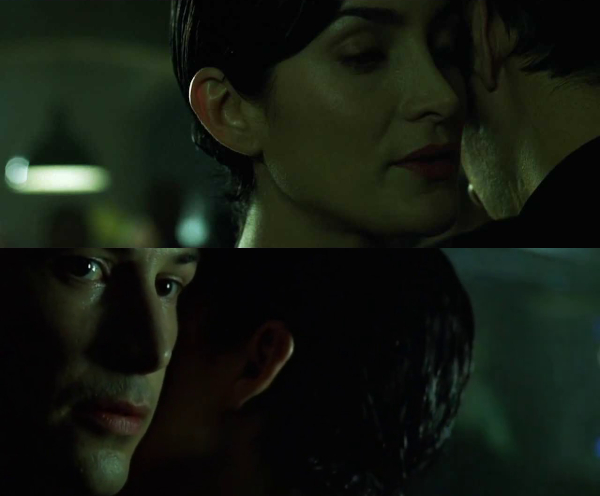
Of course, none of what I’m saying is new or revelatory. And just this summer, in a moment that breaks the sisters’ typical Salinger-esque mode, Lilly Wachowski confirmed what the movie was truly about for her. Being a cisgender straight man, I’m not about to try to articulate what she or Cáel M. Keegan have done so masterfully in Keegan’s book, Lana and Lilly Wachowski. Over the past few years, though, criticism has begun to adopt this view of the film, and I urge you to go down that rabbit hole, if you haven’t already.
This brings me to my current relationship with The Matrix, the one I’ve enjoyed over the past half-decade or so. On the one hand, I am still reveling in the glorious details. Oftentimes praise is heaped onto a film by saying that you can pause any frame and it’s beautiful, but in the case of The Matrix, that praise is deserved. A close-up of the ESC key, a wide still of Keanu Reeves covered in acupuncture needles, or sweeping slow-motion shots of concrete columns being blasted into oblivion, every frame of the movie has a visceral, grimy beauty to it. The care in execution makes it seem as if a full day of production was devoted to every single shot in the film.

I’ve seen The Matrix so many times that the soundtrack has become sense memory, and I’ll find myself watching while deeply focused on one part of the screen for minutes at a time, taking in new details from the background. Even now, I discover new details in each viewing; each one seems to have been staring me in the face, waiting for me to notice it. Most recent observations: a single shot of Neo’s work building in the first 10 minutes of the film reveals his company is called Metacortex, or, “transcending the boundaries of the mind.”
I could go on and on tossing praise on the craft of the film (and I am inclined to), but soaking in details and appreciating the trivia is only one part of my current relationship with The Matrix. The more important part is the lesson it teaches me every time I watch it.
What The Matrix makes profoundly clear is that the best art comes out of telling the truth. As I’ve built my own filmmaking career, the film has become a North Star that guides me back to that simple idea: tell the truth. This is how I’ve come to watch the film so many times. Whenever I need that reminder, I watch The Matrix. Any time I feel like I’m losing my way, I watch The Matrix. Is what I’m writing too on the nose? Watch The Matrix.
Much like the digital construct of the Matrix itself, the film’s truth was there the whole time, invisible unless you knew how to look at it, and like Neo, our experience of the film is now one where we can choose to ignore its truth, or seek it out. The Wachowskis took their truth and embedded it so effectively within every element of this story, that an extremely private and specific experience was transformed into something totally universal.
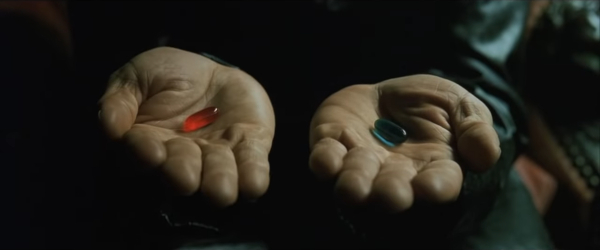
“You take the blue pill, the story ends, you wake up in your bed and believe whatever you want to believe. You take the red pill, you stay in wonderland, and I show you how deep the rabbit hole goes.”
Dismiss the recent analysis, wave it off as retroactive social justice posturing. Believe whatever you want to believe, and the film is remains a genre-defining masterpiece. Embrace the film for what it is. Heartfelt, vulnerable, the most personal of personal stories, hiding in plain sight.
What a fucking tremendous feat. We are in The Matrix, after all. Just not the way we thought.





